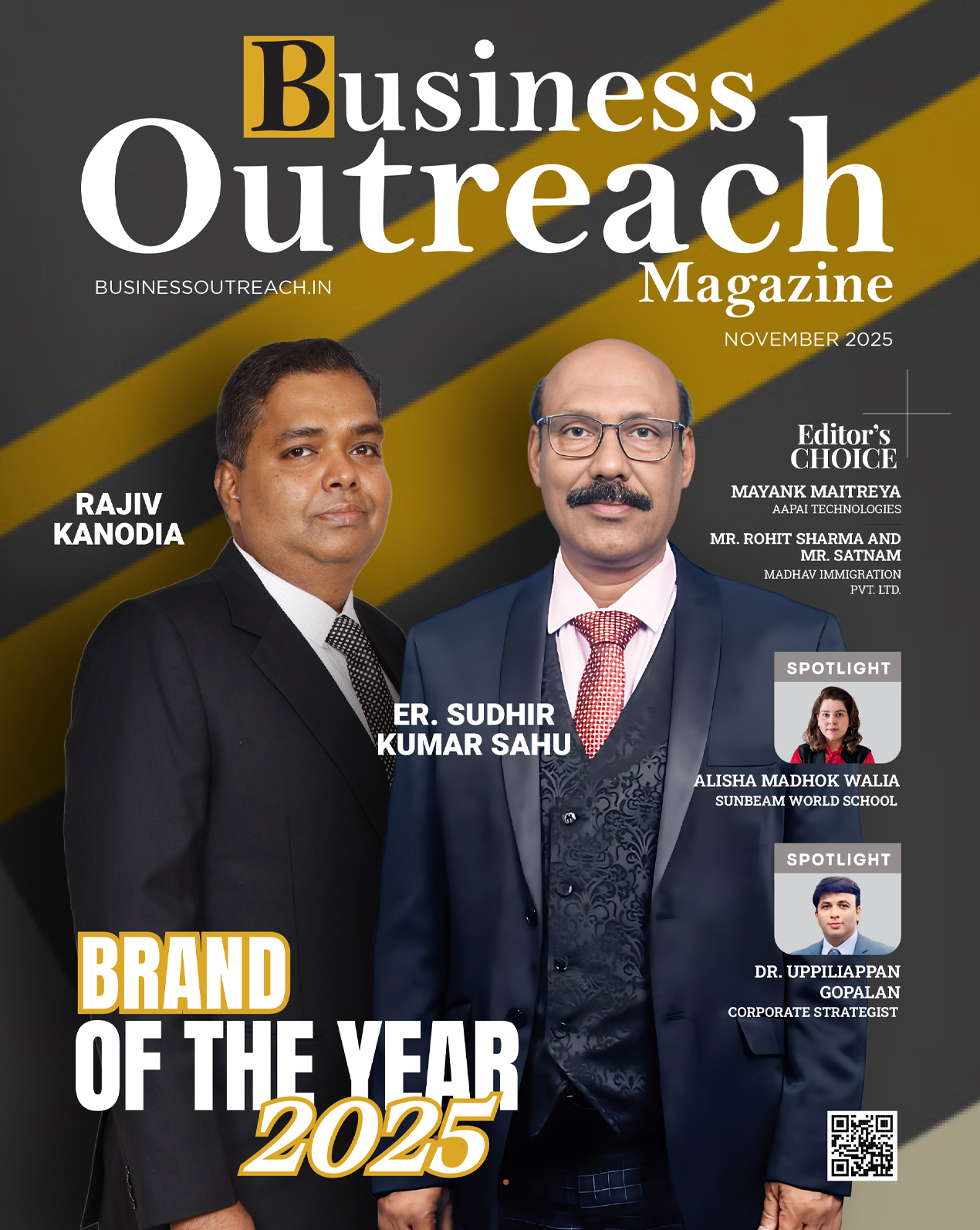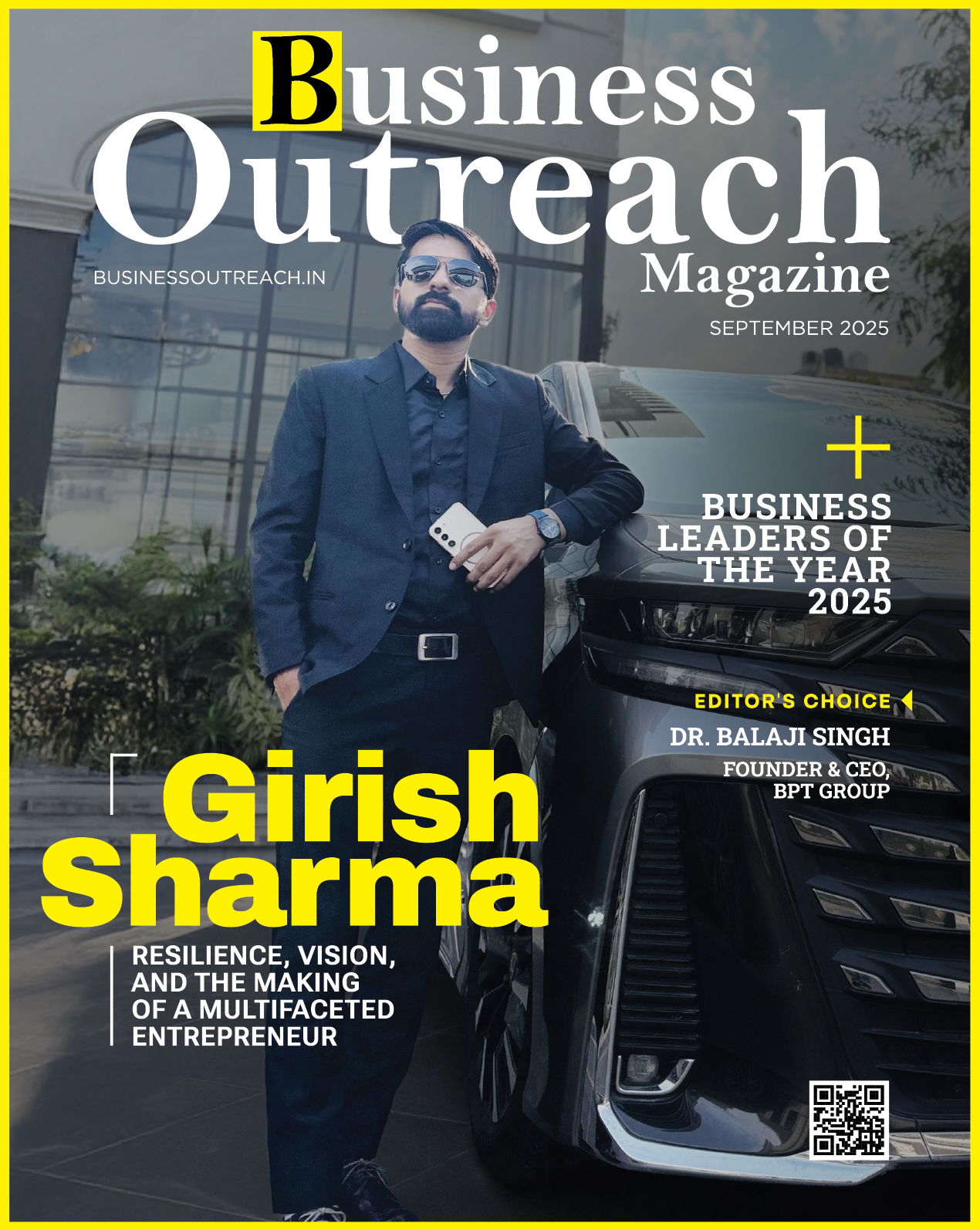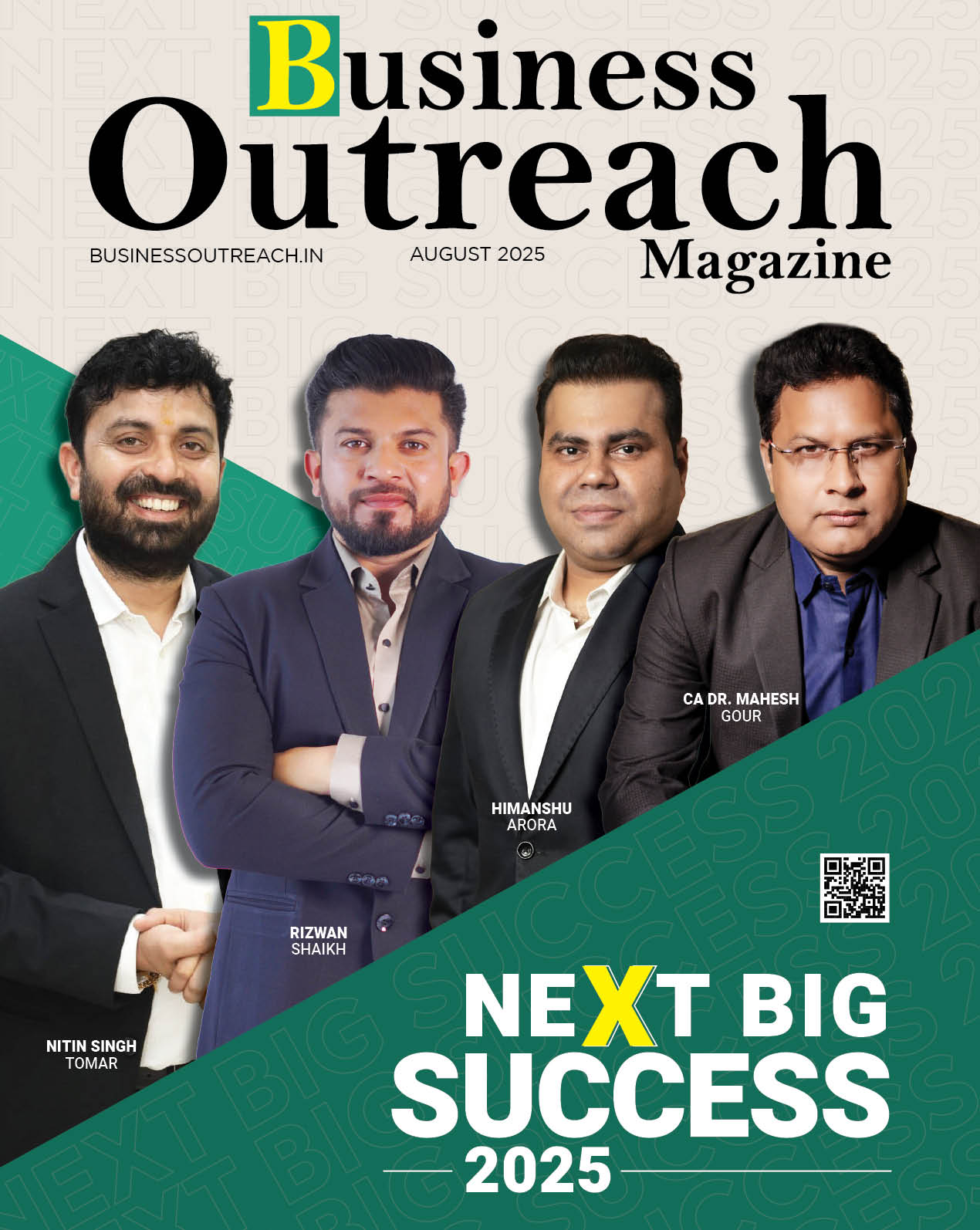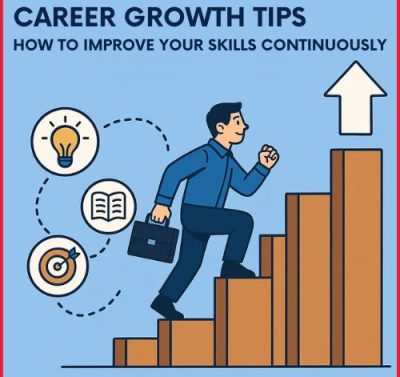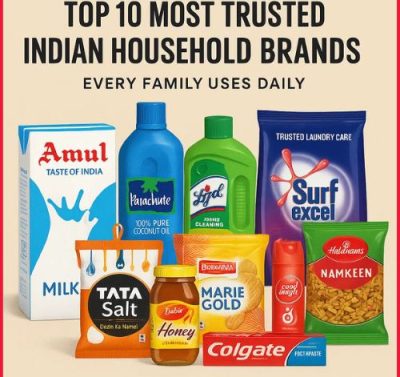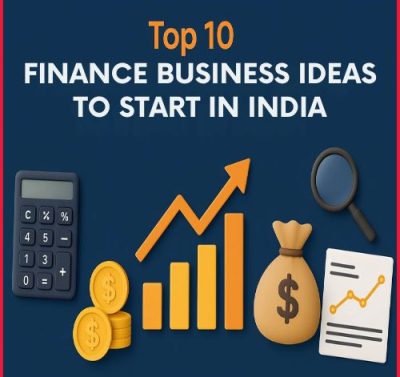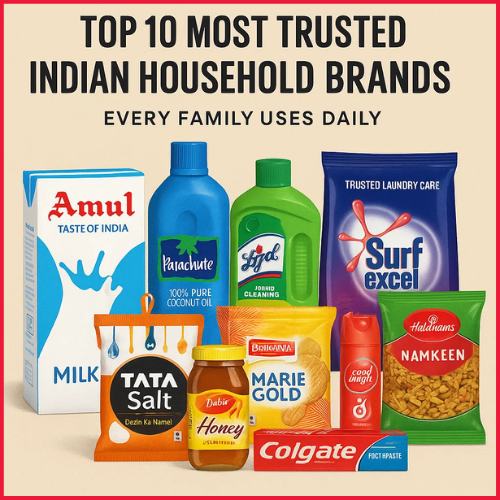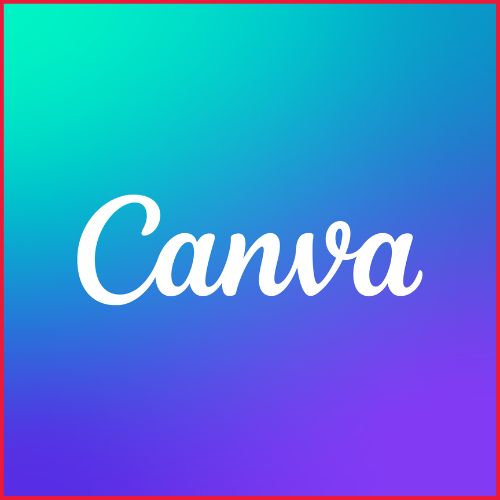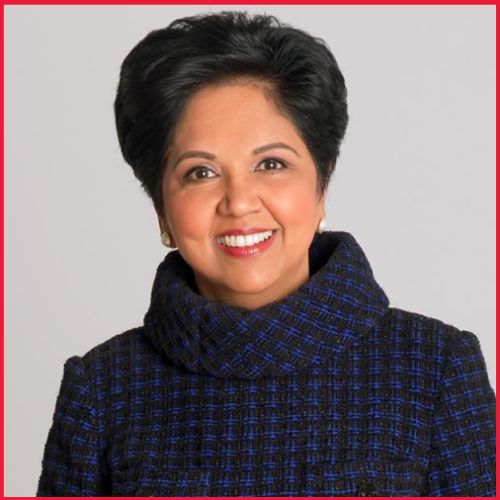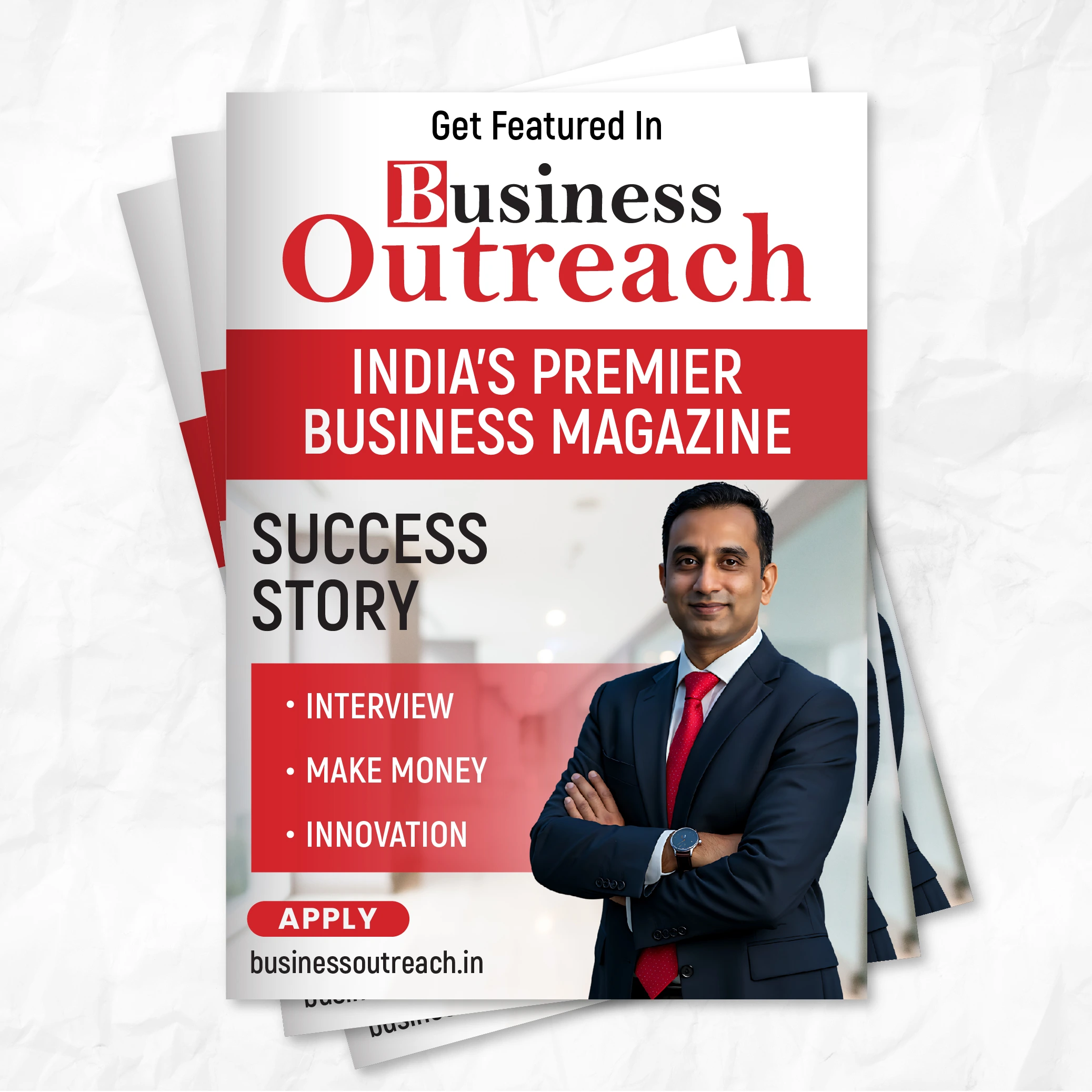Introduction
Louis Vuitton is a worldwide-renowned luxury fashion house founded by Louis Vuitton in Paris, France, in 1854. It originally produced quality leather accessories and trunks and became popular based on elitism, expertise, and luxury. Louis Vuitton’s range of products encompasses handbags, shoes, ready-to-wear, accessories, watches, and perfumes spanning decades. Its timeless monogram canvas, signature LV mark, and flower remain the most worldwide luxury icon. Its commitment to innovation and forever style has positioned it as an industry leader in the luxury fashion sector.
Today, Louis Vuitton is a LVMH (Moët Hennessy Louis Vuitton) flagship brand, the most prominent luxury group globally. Guided by the new ideas of iconic fashion stars such as Marc Jacobs, Nicolas Ghesquière, and Pharrell Williams, the house continues to steer the revolution in fashion while not losing its legacy of perfectionism in craftsmanship. Louis Vuitton remains a force of exclusivity, refinement, and innovation in high-end fashion markets.
This paper talks about Louis Vuitton’s brand strategies and explores how it preserves its luxury currency, emphasizing the aspects of brand positioning, online marketing, exclusivity, collaborations, and customer experience.
| Aspect | Details |
| Full Name | Louis Vuitton Malletier |
| Founded | 1854 |
| Founder | Louis Vuitton |
| Headquarters | Paris, France |
| Parent Company | LVMH (Moet Hennessy Louis Vuitton) |
| Industry | Luxury Fashion & Retail |
| Products | Leather Goods, handbags, trucks, shoes, watches jewelry, accessories, ready-to-wear clothing |
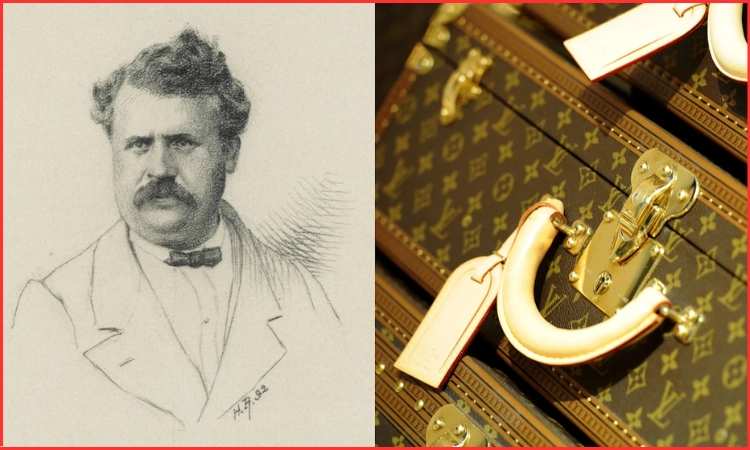
Source: WWD
Table of Contents for Louis Vuitton marketing strategy
| S.No. | Louis Vuitton Marketing Strategy |
| 1 | Brand Positioning |
| 2 | Popular Social Media Campaigns |
| 3 | Marketing Mix |
| 4 | Louis Vuitton: Strategic Campaigns and Gen Z Collaborations |
| 5 | Conclusion |
Louis Vuitton marketing strategy
1. Brand Positioning
Louis Vuitton’s brand personality is an icon of luxury, heritage, and perpetual refinement. Its concept relies on the brand’s aura, angled towards high-net-worth consumers and prospective buyers who wish to experience luxury as a status symbol. The capacity for such an aura of want is a sign of Louis Vuitton’s success.
Louis Vuitton is highly selective in retailing its products, only selling them to high-end stores and outlets. This creates the perception of scarcity that adds to the brand’s value. Its ads also adhere to this exclusivity, reinforcing that Louis Vuitton is only for educated, upper-income consumers.
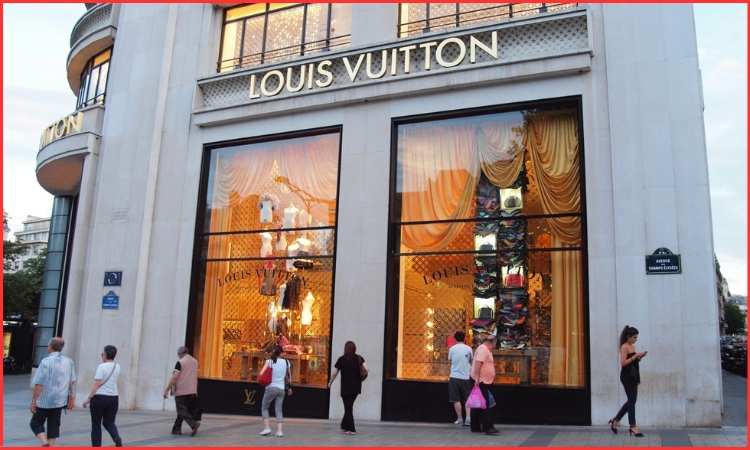
Source: Travel Squire
2. Popular Social Media Campaigns
Louis Vuitton has been moving towards social media, employing links with existing clientele and reaching out to a new segment of internet-buying consumers. Social media drives by companies have been the best mix of tale-telling, picture pull, and fan appeal, and thus, the brand today is as fresh and relevant as the day it set out.
The most successful campaign is the #LouisVuittonPass campaign, which used augmented reality (AR) to enhance user experience. The campaign invited users to scan Louis Vuitton’s ads or window displays to unlock unique content through behind-the-scenes videos of fashion shows and brand product creation. The #LouisVuittonPass campaign invited engagement and fostered a stronger emotional connection with the audience by offering a more interactive and immersive brand experience.
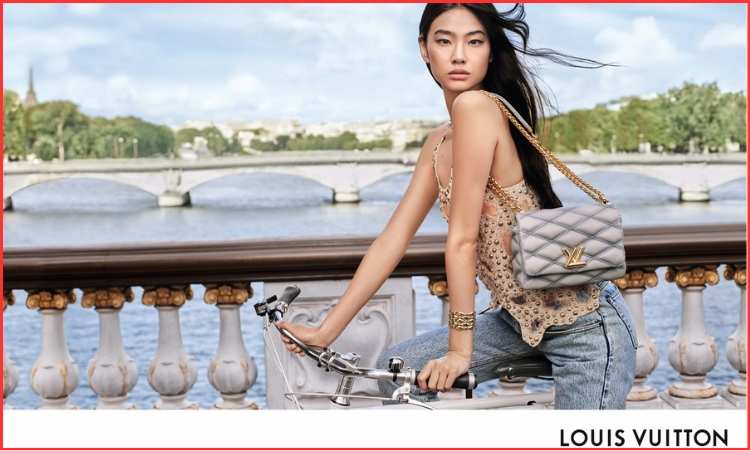
Source: SHOWstudio
Another notable campaign is the #LVConnected, which promoted the brand’s series of smartwatches and other technology equipment. Louis Vuitton brought together fashion and technology with this campaign and appealed to a future generation of consumers who care about style as much as they care about innovation. Through investment in influencer collaborations, Louis Vuitton created buzz around the product’s launch, successfully fusing luxury and contemporaneity.
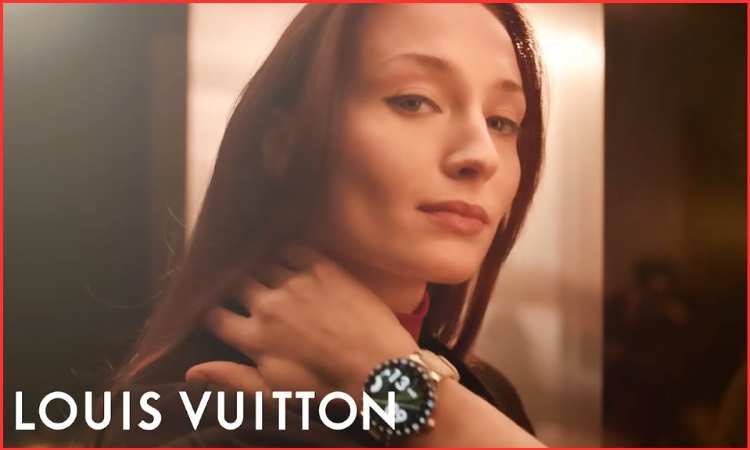
Source: YouTube
These campaigns say a lot about the brand’s knowledge of digital channels and how to leverage them to communicate—a choice brands that want to hire a fashion marketing agency in London also need to make. Louis Vuitton’s social networking campaign is an excellent example of how a luxury brand can balance exclusivity with being accessible by participating digitally.
3. Marketing Mix
- Louis Vuitton Product Strategy
Louis Vuitton is a high-end luxury brand that works with the finest products. Louis Vuitton makes 100% original leather products and takes extra care not to make them easily copyable. Louis Vuitton has decided not to make entirely handmade products and never make machine-made. The company hires the best artisans and makes the product altogether distinctive. The firm patents each design and product so that they are not copied.
Louis Vuitton makes the finest bags, fashionable dresses, designer footwear, and watches. They also make other lines such as wallets, glasses, jewelry, scarves, briefcases, belts, etc. Each of them contains Louis Vuitton marketing mix products. Even though the company suffered temporarily due to the COVID-19 pandemic, it again extended its business worldwide after the initial loss.
- Louis Vuitton Price/Pricing Strategy
The following is the Louis Vuitton pricing strategy within the marketing mix strategy:
Louis Vuitton utilizes value-based pricing as part of its product marketing mix. Since customers consider the company’s products to be valuable products, they are willing to pay the price.
Louis Vuitton is strict regarding the quality of materials used and the design and production of the goods. Therefore, the cost price of the products finally becomes very high. Since the firm’s target market comprises elite and upper-middle-class customers, Louis Vuitton employs a premium pricing policy to determine the price of its products. The product and the brand are a fashion statement, so the customers voluntarily pay sky-high prices.
- Louis Vuitton Place & Distribution Strategy
Below is the distribution strategy in Louis Vuitton’s marketing mix:
Louis Vuitton offers a selective distribution channel. They do not sell their products in any departmental store. The company prefers to have its own stores. Louis Vuitton have their trained sales people who take special care of their customers. They provide high warmth to their customers and also offer personalized attention. They have limited stores, and hence the customer goes to the store. The more limited Louis Vuitton stores minimize the company’s cost as the distribution medium is less.
They have more than 300 stores, and online shopping is accessible only in the US.
- Louis Vuitton Promotion & Advertising Strategy
The Louis Vuitton promotion and advertising strategy of the marketing mix is:
Louis Vuitton employs popular celebrities, actors, and models for campaigns. Famous stars endorsed by the company are Jennifer Lopez, Kate Moss, etc. Louis Vuitton is a luxury company, and hence, celebrities connect with celebrities emotionally. It has also employed popular celebrities like Andre Agassi and Steffi Graf for its campaign activities. Print media is its most potent medium of communication. The magazines and billboards are best suited for the company in cosmopolitan cities.
The Brand’s uniqueness is made apparent in fashion magazines read by the elite. Television is not employed as an advertising vehicle by Louis Vuitton because it wishes to be a luxury brand and, therefore, accessible to a specific class of individuals. Consequently, it caters to the target market directly and not through a series of channels. Thus, this is the Louis Vuitton marketing mix.
4. Louis Vuitton: Strategic Campaigns and Gen Z Collaborations
Louis Vuitton extends its reach beyond fashion through carefully thought-out campaigns and collaborations. They not only find favor with buyers, but the campaigns also project the brand’s focus on charity, diversity, and cultural immersion.
- Make a Pledge of Collaboration: UNICEF Partnership
Louis Vuitton’s “Make a Promise” campaign, initiated simultaneously with UNICEF, truly reflects the brand’s social awareness. The campaign, in bold charity-advertising integration, consisted of producing limited-edition bracelets. Funds from the bracelets were committed to UNICEF to aid disadvantaged children worldwide. This act of philanthropy was more than an advertising gesture; it was an incredible story, connecting Louis Vuitton to something greater than fashion.
The UNICEF collaboration was not one single act of philanthropy; it was a carefully thought-out advertising campaign enticing consumers. It was a call to participate by taking a photo, blogging on it, and sharing it. Having some of the most significant Louis Vuitton models involved generated buzz with a ton of user-generated content. That the campaign was so successful, 1with 4,000 posts on Instagram using #makeapromise and close to $10 million collected, demonstrates the power of blending marketing and corporate social responsibility.
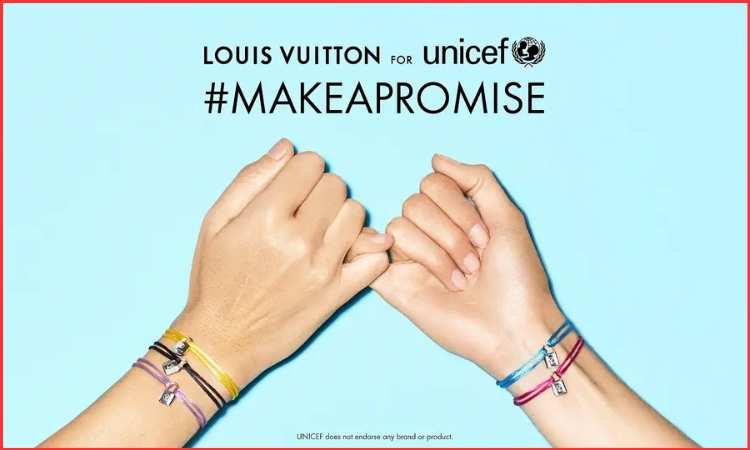
Source: Unicef USA
- Parade Cruise 2017: Glamour Meets E-Commerce
Louis Vuitton’s Parade Cruise for 2017 was the first to merge glamour and e-commerce successfully. The fashion event showcased cult bags like Petite Malle, The Twist, and City Stealer, which was not a typical runway event. Louis Vuitton made history by offering exclusive items for sale online right after the event. The combination of high glamour and web shopping shook up the fashion world and generated a lot of web traffic.
The Parade Cruise 2017 success validated Louis Vuitton’s confidence in the changing consumer landscape. With the web platform, the brand generated urgency and exclusivity. Fashion Enthusiasts can be physically at the show or virtually through an internet forum and could freely indulge in gloating over post-show shopping extravaganzas. An industry-leading initiative helped project Louis Vuitton’s masterful luxury and digital consumer space crossover.
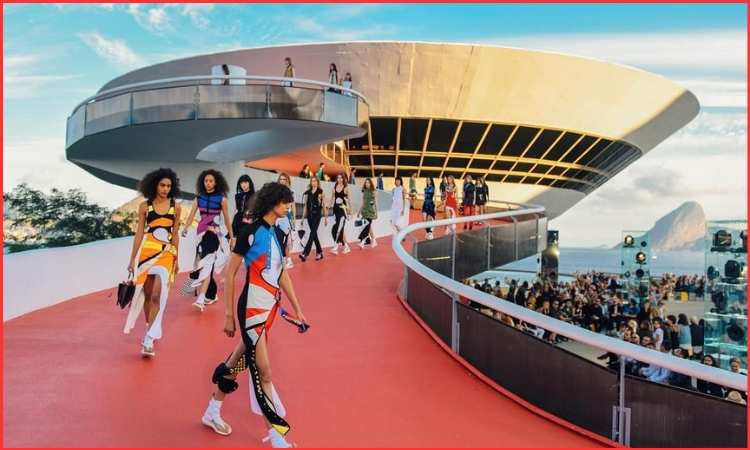
Source: ELLE
- Celebrity Influence, Inclusion, Diversity Spring-Summer 2021 Parade
Louis Vuitton’s Spring-Summer 2021 Parade defied convention in honoring diversity in practice. Hiring a multicultural cast to enumerate names of individuals from diverse backgrounds who had yet to walk the catwalk was a sectoral paradigm shift. Footballer Héctor Bellerín, skateboarder Lucien Clarke, skateboarder-photographer Evan Mock, and celebrities like Gigi Hadid and Swae Lee walked the runway, defying conventional convention.
The diversity plan not only included but also attracted a more significant population. Louis Vuitton portrayed sensitivity toward changing cultural dynamics and the relevance of self-reflection in fashion. Their participation enhanced the brand image even more, justifying its association with the best of people from other professions.

Source: DA MAN Magazine
5. Conclusion
The exclusivity of Louis Vuitton is a demonstration of its successful marketing strategy, achieving a balance between exclusivity, heritage, and new technology. Being positioned in an aspiration role as a luxury brand, by association with the elite, and tightly controlled in product distribution, Louis Vuitton ensures enduring desirability to high-end customers.
The Louis Vuitton marketing strategy leverages digital presence via social media, networks of influencers, and narrative-based promotion, allowing it to stay current and elite. Furthermore, its corporate social responsibility initiatives, such as its partnership with UNICEF, add to its global reputation beyond fashion.
With the masterly deployment of a marketing mix of high-end pricing, restricted distribution, and mass-effect advertising campaigns, the luxury brand Louis Vuitton successfully integrates tradition and modern trends. By embracing diversity and preeminence at the forefront of cultural trends, the brand is acquiring new generations of customers yet remaining the quintessential luxury par excellence. Louis Vuitton’s brilliant convergence of exclusivity, technological innovation, and relevance to culture, as the fashion world continues to evolve, will drive the brand as the powerhouse of world luxury.
